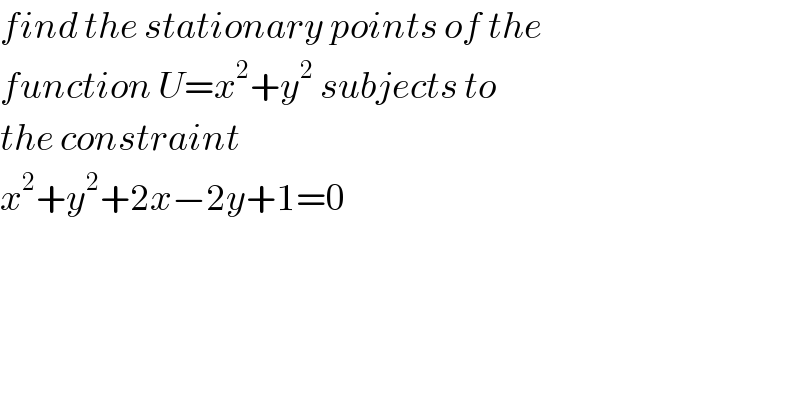
Question and Answers Forum
Question Number 115922 by mathdave last updated on 29/Sep/20

Answered by bemath last updated on 29/Sep/20

| ||
Question and Answers Forum | ||
Question Number 115922 by mathdave last updated on 29/Sep/20 | ||
 | ||
Answered by bemath last updated on 29/Sep/20 | ||
 | ||
| ||